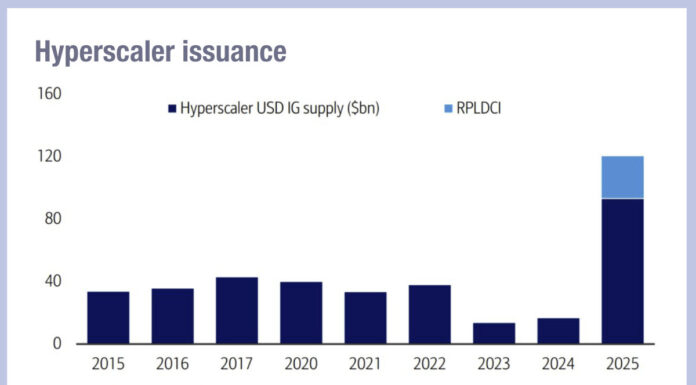Data quality is in need of a spruce-up before a bond consolidated tape is brought into play, according to a recent report from FINBOURNE. The firm noted that beyond data being inconsistent and incomparable, some of it is entirely absent.
Aspects of transaction data are missing from more than half of reports, the study said, with a review of 16.3 million records seeing a 62.9% absence of data in price currency fields over Q1 24 and a 10.2% absence of notional amount. These figures have been growing at a fairly steady rate since Q1 23, FINBOURNE’s data suggests.
This is one of the four issues that the company identified around transaction data, alongside replicated data across fixed income records, “incoherent” records around irregular transactions and a lack of consistency across venues when it comes to price and notional notation.
Research was conducted following ESMA’s statement on the “virtuous cycle” of data quality and data use in its 2023 ‘Quality and Use of Data’ report, published earlier this year. Three elements contribute to strong data quality, FINBOURNE said: transaction quality, reference data and policy frameworks.
Working with AFME, BVI and EFAMA, FINBOURNE has identified areas where action could be taken by EU and UK policy makers and regulators to improve the data quality cycle and ensure that the industry is prepared for a bond consolidated tape (CT).
In its introduction, FINBOURNE commented: “This document delves into both of these data types, examining the challenges and best practices associated with maintaining high-quality data in the financial sector. Effective management of this data throughout its lifecycle is crucial to avoiding discrepancies and ensuring all stakeholders have access to accurate and up-to-date information.”
There are three priorities outlined in the paper, which FINBOURNE says will lead to meaningful improvements. Better defined standards and market practice overviews need to be implemented to ensure that transparency data is complete, correct and comparable, it said, adding that clear steps need to be laid out to improve data quality further. This includes additions to DQIs, reports demonstrating performance against DQIs and continual improvement cycles.
Further, FINBOURNE states that conducting a full audit of the Financial Instruments Reference Data System (FIRDS) and the Financial Instruments Transparency System (FITRS) databases would allow for a golden source of reference data to be provided in advance of a CTP.
Turning to reference data, the high level of revisions to FIRDS records illustrates the number of mistakes made, FINBOURNE said. This easily leads to confusion and inconsistencies for users, the company noted, with some venues reaching up to 111 revisions per ISIN according to its data.
Overall classification is an issue too, with differences from FIRDS CFI codes and FITRS categories allowing for different interpretations to be made by venues and cross-referencing to become, in some cases, impossible. Additionally, the total issued notional amount (TINA) maintained by FIRDS provides inconsistent data. In order to prepare for a CT, data cross-referencing and cleansing needs to take place and a golden source of data should be established, the firm concluded.
©Markets Media Europe 2024
©Markets Media Europe 2025












